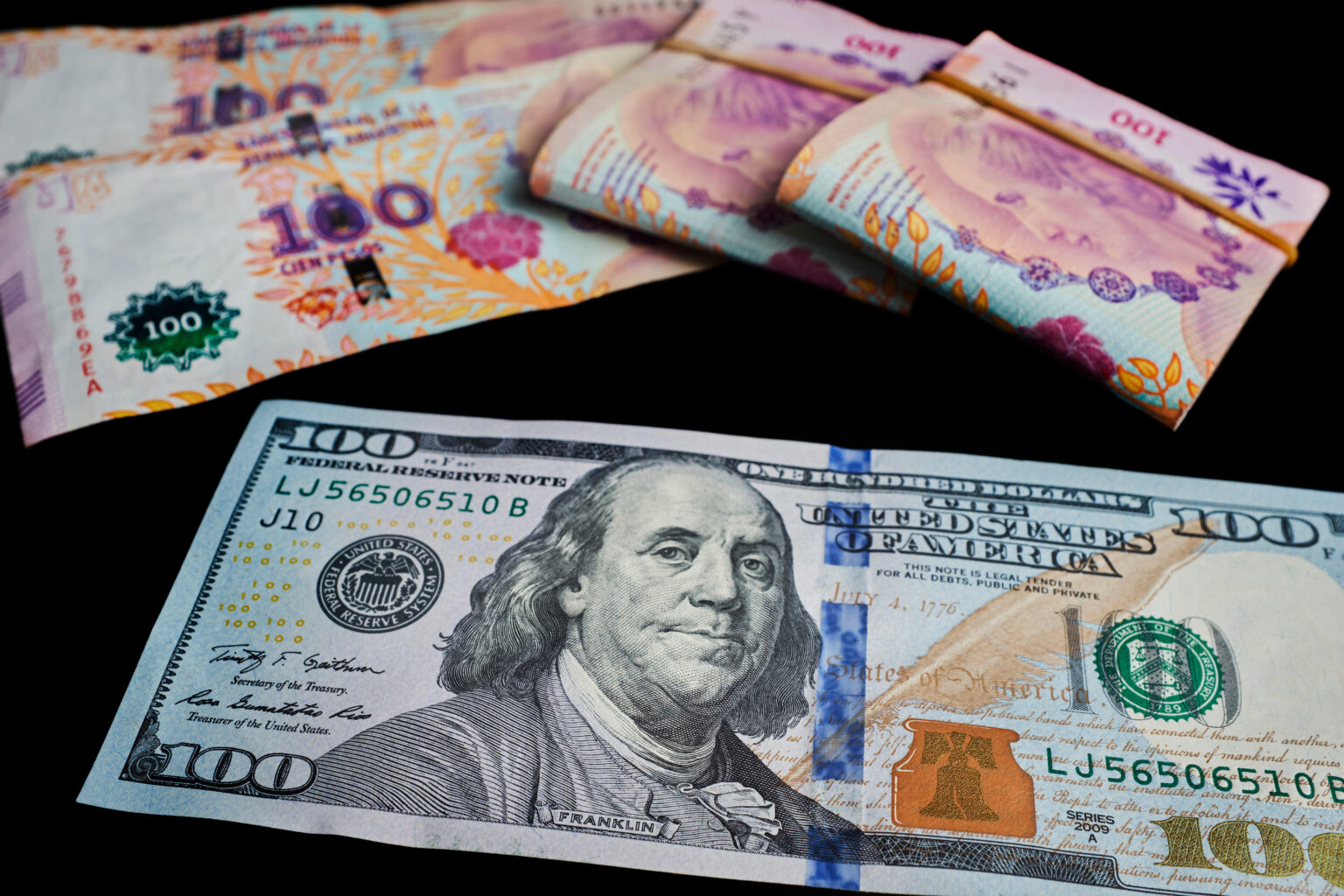Overview of the Swap Arrangement
The United States today completed a $20 billion currency swap agreement with Argentina, involving direct purchases of Argentine pesos by the U.S. Treasury. The swap is structured as a reciprocal exchange: the U.S. delivers dollars in return for pesos, with an obligation to reverse the transaction at a later date under agreed terms. U.S. Treasury Secretary Scott Bessent said the swap is intended to stabilize Argentina’s financial system amid acute liquidity stress.
In public statements, Bessent emphasized that the U.S. is poised to enact “exceptional measures” if necessary to support market stability. The agreement follows four days of intensive meetings in Washington between Bessent, Economy Minister Luis Caputo, and other officials, including involvement from the International Monetary Fund (IMF).
Political and Strategic Context
The swap comes at a politically volatile moment for Argentina, as President Javier Milei, a strong ideological ally of former U.S. President Donald Trump, prepares for pivotal midterm legislative elections scheduled for October 26. The financial lifeline is widely viewed as an implicit show of support for Milei’s government and its aggressive reform agenda, which includes steep spending cuts, deregulation, and reduced public employment.
Republican and Democratic critics in the U.S. have questioned the swap’s alignment with the “America First” doctrine. Some lawmakers introduced the “No Argentina Bailout Act”, aiming to block use of the Exchange Stabilization Fund in foreign interventions. U.S. farmers also expressed concerns, arguing that Argentina’s recent export policies, especially the suspension of soya export taxes, have undercut American agricultural interests.
Meanwhile, in Argentina, opposition leaders and some economists warn that such reliance on foreign financing could erode economic sovereignty or pave the way for U.S. influence over domestic policy. Several observers noted the absence of disclosed conditions in the swap agreement, fueling speculation that it may be more political than structural.
Market Response and Risks
The financial markets reacted swiftly. Argentine bond prices rallied, with the 2035 dollar bond rising by approximately 4.5 cents. Local equity indices appreciated by over 5 percent, and the peso strengthened modestly to around 1,418 per U.S. dollar by market close. Analysts view the swap as a temporary backstop that may calm markets ahead of the election, but they caution that the structure does not insulate Argentina from future currency pressure.
Risk factors include the possibility that Argentina may delay or default on its obligation to reverse the swap, exposing the U.S. to exchange losses. Some market participants argue that the structure allows Argentina to support an overvalued peso, which could worsen inflation and deplete real reserves. Other observers suggest the intervention could alter investor sentiment, enabling capital inflows and reducing demand for more intrusive measures like capital controls.
In addition to the U.S. swap, Argentina has other external support mechanisms. Earlier this year, Argentina and China renewed a $5 billion currency swap line, extending the active portion through mid-2026. That agreement is intended to help Argentina sustain international payments amid tight reserves.
Economic Pressures and Policy Challenges
Argentina enters this intervention under severe economic strain. It is the largest debtor to the IMF, owing approximately $41.8 billion under a stand-by arrangement. Inflation remains acute: the peso has depreciated sharply in 2025, complicating efforts to stabilize prices. The Argentine central bank is operating under negative net reserves in many reports, reflecting the pressure on external buffers.
Upon entering office in late 2023, Milei launched dramatic reforms, cutting government staffing, slashing subsidies, and revamping tax structures—all aimed at resetting Argentina’s economic trajectory. While some inflation rates have fallen from triple digits to monthly levels in the range of 2 percent, critics argue that the social cost has been steep and the recovery uncertain.
The U.S. swap injects much-needed foreign currency and breathing room, but Argentina must still contend with structural imbalances and political volatility. Whether the intervention can support sustainable recovery, or merely delay the next crisis, remains to be seen.


